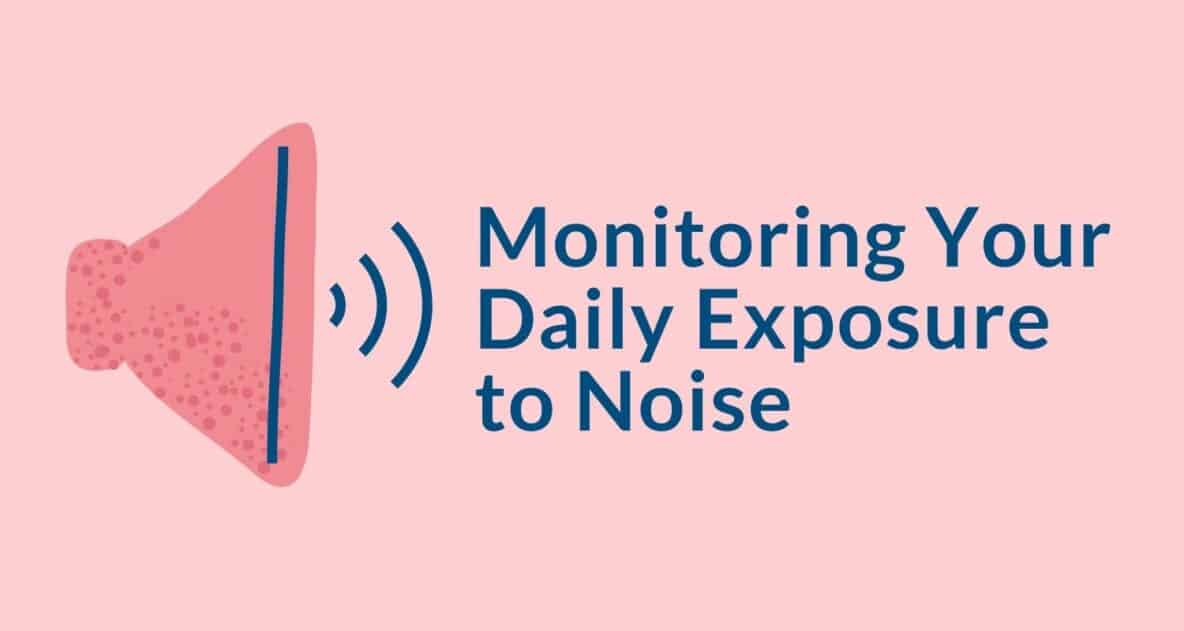Hearing loss is one of the leading chronic health issues in the United States. More than one in eight Americans over the age of 12 have demonstrated hearing loss in both ears. And while we are talking more about the importance of successful hearing solutions, there are causes of hearing preventable loss.
While many people visit the optometrist annually, we don’t usually consider our hearing health until we experience a problem with our hearing. Instead of waiting for bad news to strike, take a proactive step now by prioritizing your hearing health and protecting the healthy hearing you have now.
Age-related hearing loss
Unpreventable, age-related hearing loss occurs along with the natural process of aging. We have tiny, powerful cells within our inner ear that receive noise from the external world. They then transmit the noise, transformed into sound information, to the brain via the auditory nerve. Over time, those cells can become damaged simply due to the natural aging process. Like other systems within our body, age plays a role in decay. These cells do not repair themselves or reproduce new ones. Instead, after they are damaged or die, we receive less noise from the world and thus, our brain receives less sound information. We hear less.
Noise-induced hearing loss
Noise-induced hearing loss is preventable. However, when our ears are exposed to dangerous noise, that can harm those inner ear cells causing irreparable damage. The result is similar to age-related hearing loss in that we can gather less noise from the external world to transmit to the brain. Again, we hear less.
Causes of noise-induced hearing loss
As you might assume, too loud noises cause noise-induced hearing loss. But how much noise can we safely withstand and when does it turn dangerous? Our ears are magnificently equipped to take in sound from the barest whisper to a loud shout without any risk. We can even hear sounds at high volumes safely for a short period of time. Our hearing is only jeopardized when those sounds are extremely loud (think an explosion or crash) when hearing can be impacted in an instant) or too loud over long durations of time (like a bartender shaking a cocktail next to their left ear five nights a week for thirty years).
All about the decibels
Decibels are the units of measurement for sound. We can be exposed to sounds up to 85 decibels without risking any damage to our ears. However, as sound increases then our length of safe exposure time becomes shortened. For sounds louder than 85 decibels, we should limit exposure to eight hours or less. From there, the threshold dramatically lessens. Sounds at 91 decibels, just six units higher, should be constrained to two hours.
At 100 decibels, we should limit our time to just fifteen minutes. That means that rock concerts, which regularly exceed 100 decibels, should be just one of the environments you take additional precautions in.
How to assess your sound environments
Before smartphones, the average person wasn’t able to measure the decibels in their sound environment. It took a lot of expensive equipment to get accurate information. Now though, you can install an app on your phone that can conduct a fairly detailed reading so that you can monitor the noise you are exposing your ears to.
Decibel X will turn your phone into a professional sound meter and might just save your hearing. Do you think your favorite movie theater is cranking up the volume a little too high? Get an accurate reading by using an app. You can choose to inform management that their volumes are risky for patrons, choose a different theater to frequent, or bring earplugs to protect your ears while you catch the latest blockbuster.
Earbuds and volume levels
What might be most important on an individual level is to be aware of the volumes your earbuds typically hover around. We are plugged in now more than ever, using headphones and earbuds to stream entertainment, chat on the phone, attend meetings and school, and oh yeah, even listen to music.
Earbuds can exceed volumes of 100 decibels if you’re not cautious. Be sure to keep your volumes at around 50% and never exceed two-thirds of maximum volume. Most smartphones come with an app to monitor your headphone levels. They can even alert you if your listening habits are becoming dangerous. Make sure to pop into this app now and again to keep your healthy hearing habits on track.
Schedule a hearing test today
Our business and mission remain to deliver your best hearing health possible. And while prevention is the surest cure, not all types of hearing health issues are avoidable. If you feel that hearing loss or other hearing issues are impacting your life, schedule a hearing test with us today.

